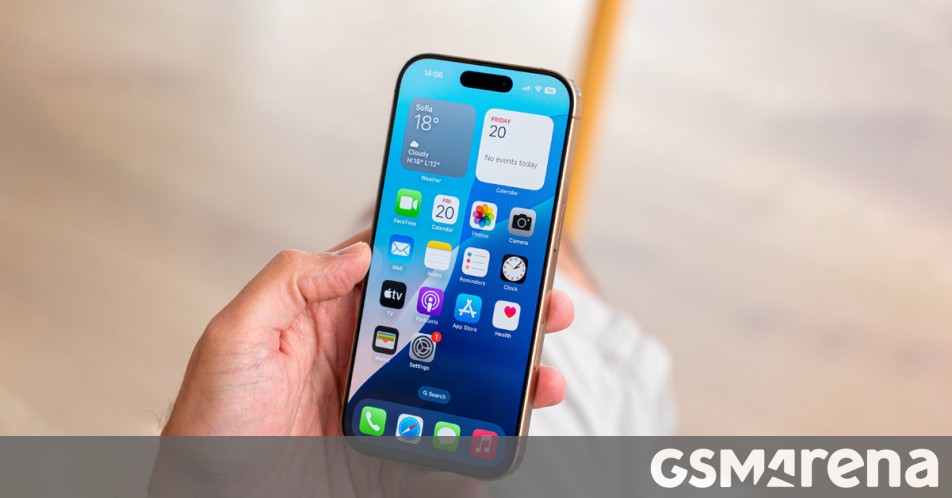Apple will not introduce a new anti-reflective coating for the iPhone 17 Pro displays due to production scaling issues, according to 9to5Mac. The yield on this new scratch-resistant display was insufficient for mass manufacturing, even for the Pro and Pro Max models. Currently, Apple’s displays feature a fingerprint-resistant oleophobic coating, which lacks the reflection reduction of competitors like the Samsung Galaxy S24 Ultra. While Apple uses a nano-texture display for Mac and iPad Pro to reduce glare, it remains unclear if this technology will be adapted for iPhones by 2025 or if the plans have been fully abandoned.
According to a report from 9to5Mac, Apple will not be able to implement a new anti-reflective coating for the iPhone 17 Pro displays. Sources indicate that the new scratch-resistant display technology encountered issues during scaling up production, leading Apple to drop the feature for the iPhone 17 Pro models.
The production yields for the new anti-reflective coating on iPhone displays were deemed insufficient, given the millions of units Apple needs to produce, even if the feature were exclusive to the Pro and Pro Max versions.
Currently, Apple utilizes a fingerprint-resistant oleophobic coating; however, it does not provide the same level of anti-reflective properties that rival manufacturers offer. The Samsung Galaxy S24 Ultra, for example, features a new Gorilla Glass Armor display panel that decreases reflections by up to 75%, significantly enhancing visibility, contrast in bright conditions, and color accuracy.

Apple has implemented a nano-texture display to minimize glare in its Mac and iPad Pro models. However, it’s still unclear whether this technology will make its way to iPhones or if Apple has completely discarded plans for implementation by 2025.
Source
